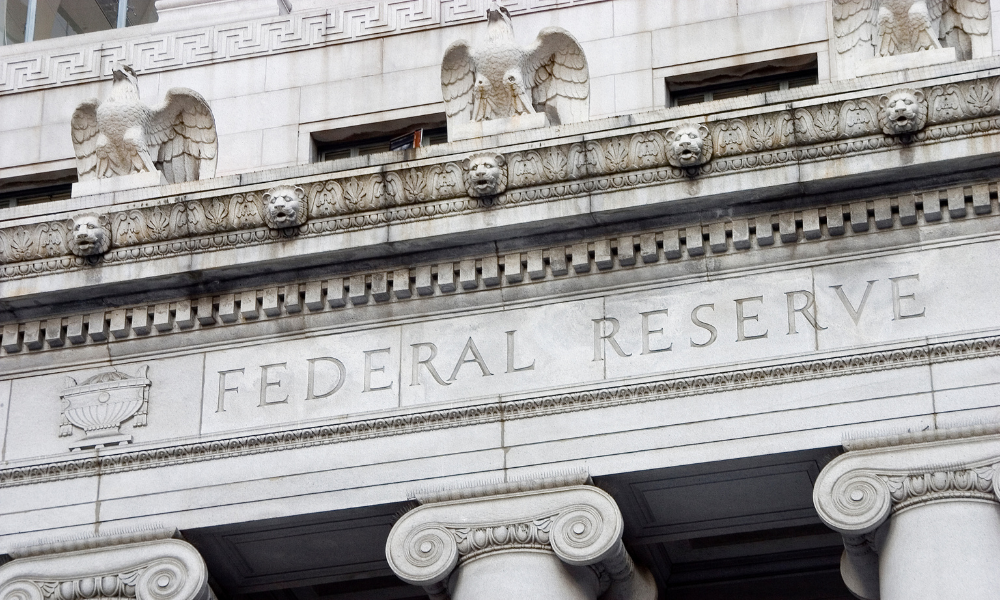A trend of weakening protections threatens to haunt high-yield bondholders later

Savvy investors in the fixed-income space ought to be familiar with covenants — essentially legally binding terms of agreement that address conflicts of interest between equity holders and debtholders in a company. But it seems that things are changing at the expense of the latter.
“Debt markets in Canada and the United States keep showing signs of ‘covenant creep,’ a trend where companies and deal sponsors chip away at the protections provided to investors on riskier bonds and loans,” reported The Financial Post. Citing reports from various analysts, it said that the covenants particularly at risk are ones attached to higher-yield debt.
“It’s really not a question of whether they get weaker,” said Ross Hallock, a senior analyst and co-head of high-yield research at US-based research firm Covenant Review. “It’s a question of how rapidly they get weaker.”
Covenant Review’s concerns mirror those aired by Moody’s Investors Service in a report last Friday. It noted that “protections offered to investors in Canadian companies’ bonds [have] weakened each year since … 2011” to arrive at a record low last year.
While covenant quality in Canada has declined, its junk-debt pile is still growing. Citing the Moody’s report, the Post said Canadian companies issued nearly $60 billion in speculative-grade bonds and loans as of 2017; the forecast for 2019 is that high-yield issuance will “decrease towards normalized levels of about $42 billion (the seven-year average)” from $48 billion sold last year.
Moody’s also anticipates that the annual default rate for Canadian speculative-grade-rated companies will descend from 3.2% in February 2019 to 1.3% by next February. Investor demand and lower interest rates may have supported the current credit cycle, but weaker covenants may come back to haunt investors later.
“If a company is heading into distress, if that were eventually to happen, the more flexible their covenant package is, the more leeway they have to formulate and force their own plan without having to go to and consult their investors or to compensate them,” explained Evan Friedman, a senior vice president in Moody’s corporate-finance group.
Borrowers are continuing to push the limits of flexibility, Friedman added, noting how deal sponsors — particularly in private equity — are poring over covenants in search of ways to sharpen their edge like inserting easier conditions for an indebted company to continue paying dividends. If certain innovations permeate the market to a large-enough extent, more sponsors will want the same kind of thing.
But investors appear to be taking notice. Toward the end of 2018 and into the start of 2019, he said, there was more resistance over bond covenants, though Moody’s saw relatively fewer Canadian offerings as only 11 bonds met its covenant coverage criteria last year.
“But I would say looking as North America as a whole, there’s more pushback happening now,” Friedman said. “And that includes in the private-equity space, which for a long time has been you just name your covenant package… (and) it would get snapped up very quickly and there would be very limited changes.”



